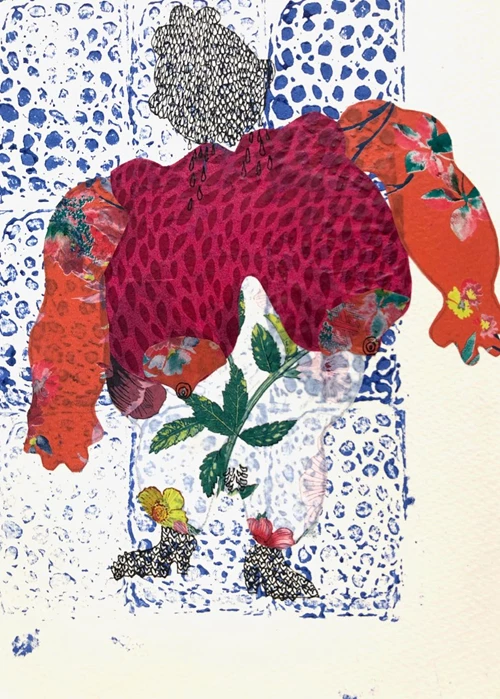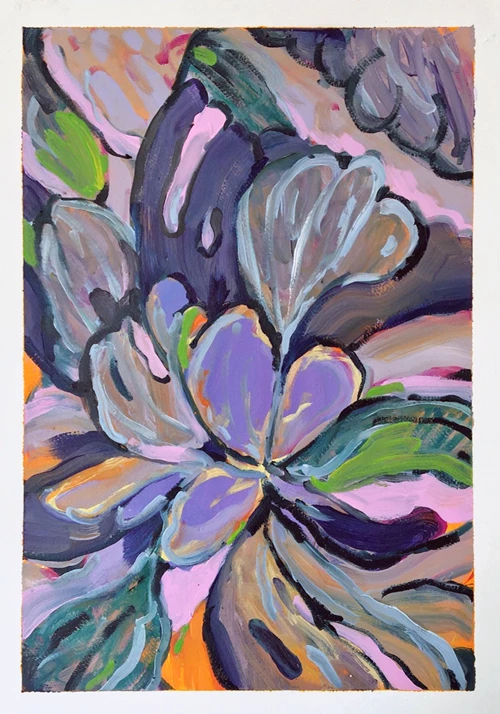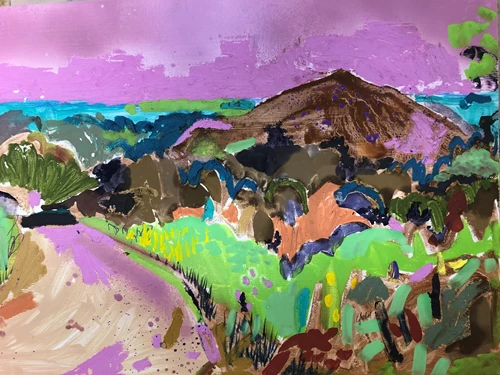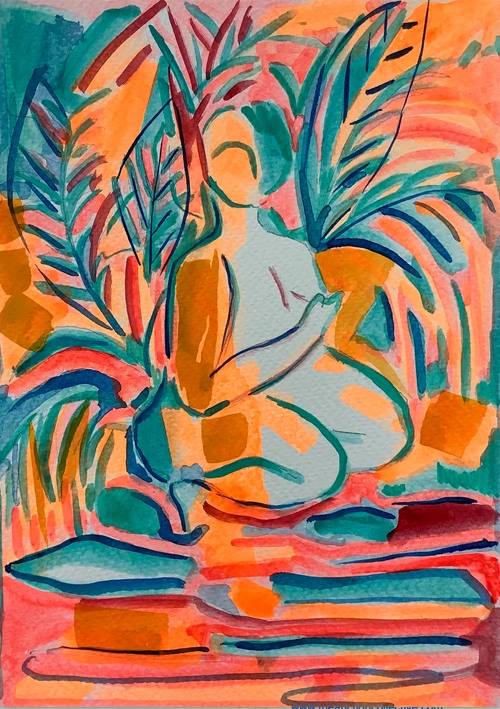Art for Relief II
02 NOVEMBER 2021 - 23 NOVEMBER 2021Notes
My practice explores history, portraiture, taste, and materiality through drawings and two connected bodies of paintings. One series consists of extreme crops of cars, and the other is still lives. In this conjoined practice of painting and drawing, photography is essential. It facilitates me in creating artworks that depict still lives but function as portraiture.
As the daughter of a ‘car fanatic’ who was a self-employed WWII Willy’s Jeep restorer for a decade, choosing cars as a subject of my painting practice is instinctive. I spent my childhood surrounded by a fiberglass Porsche Spyder 550, various Saabs, a Harley, a Mustang, a homemade Jeep, and a French WWII tank. My father oversaw my vehicular education from driving to changing tires and hot-wiring cars.
My practice is an alchemist exploration of airbrushing, stenciling, pouring, spraying, and mixing my own acrylic paints. I see each new painting as an opportunity to probe my medium. Clashing together mixed paint languages comes from my endeavor to replicate the way life feels. The concept of demonstrating rather than illustrating guides my practice. I intend to make paintings that recreate surface and materiality through process rather than by rendering it. For example, when I paint a texture, I physically replicate it. My subjects call to me by instigating my curiosity. My approach is a deliberation on the processes of layering, developing texture, and forming detail through logical and economical means.
In this way, I am pulling apart our expectations for pairings, both within the subject and materiality. My practice itself is a dichotomy of floral, vibrant still lives and more rigid nearly, abstracted cars. Painting is a way to document and explore my perspective and vision of these quotidian subjects. The place between readily identifiable and unexpected is where I aim to push my paintings further as I consider their position within their contemporary context.
As a painter who creates drawings, they each have distinctive material processes, but I mentally approach them with similar intentions. This approach is a deliberation on the processes of layering color, developing texture, and forming detail through logical and economical means. Within this conjoined practice, photography is essential. To create paintings, I begin by arranging and orchestrating still lives. This is something I have done my whole life, sometimes only for the sake of entertainment. But to draw, my photos are far more instantaneous and momentary–I photograph snippets of time that invite me to revisit them later. I see these snippets as junctures between quotidian objects, feelings, and light/time. Frequently as we sit down to dinner, I proclaim, "wait, nobody move," as I scamper off to fetch my camera from the next room over. I must always carry a camera with me to capture these occasions, whether that be my iPhone or my trusty 35mm film camera named Roland.
To draw, I require the comfort of my home and the company of my cats. Drawing is deliberate and demands patience. But painting necessitates the studio because I quickly oscillate between meditative to rowdy and messy. I do not draw the same images that I paint. My drawings are not preparatory for paintings; they are their own form of experimentation. For me to draw and make a drawing are two separate methods. One is to create an artwork of its own, and the other is to learn about something. Those latter drawings are the kind I make for and of a painting.
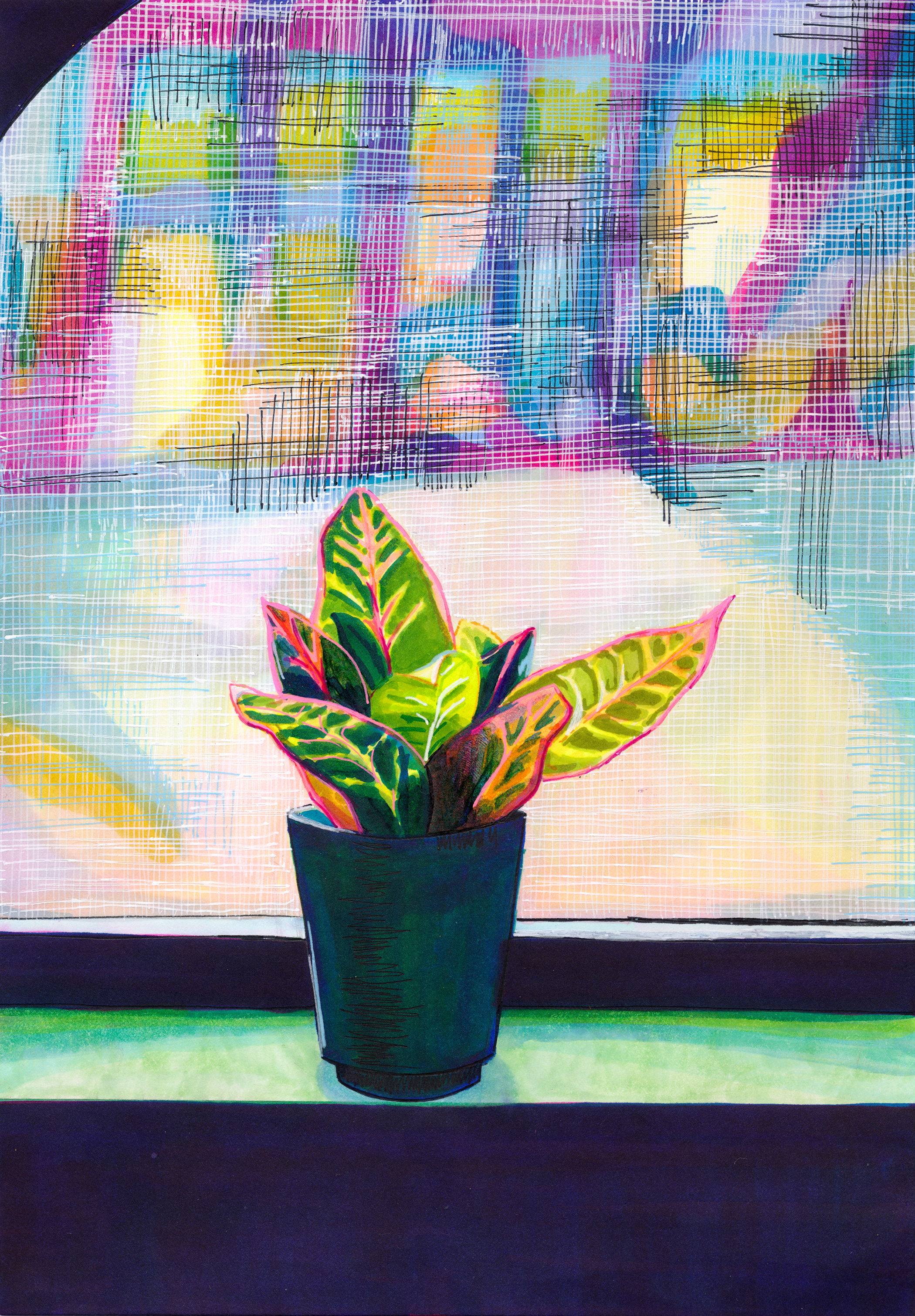
 Add to wishlist
Add to wishlist
